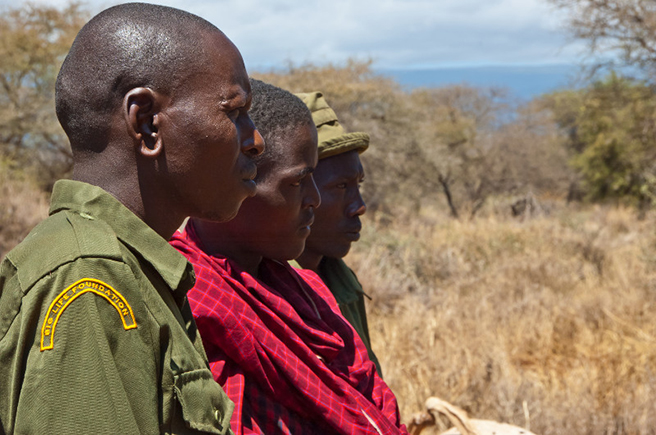On a Common Path

AWF looks at how its efforts mirror those of an organization launched to secure Africa's future.
The Organization of African Unity-now known as the African Union (AU)-was created 50 years ago to act as a collective voice to secure the continent's future. AWF's mission remains distinct from that of the AU, but the following examples show just how the two organizations travel on a common path, toward peace and prosperity in Africa:
Cultivating conservation leadership. Newly independent countries prioritized education to improve standards of living. In 1963, the year the AU was founded, AWF helped establish the College of African Wildlife Management in Tanzania, which has allowed more than 5,000 students from 28 African countries to pursue careers that help sustain their countries' natural resources. Decades later, we launched the Charlotte Conservation Fellows Program, which, though not designed with the AU in mind, nevertheless supported AU objectives to promote research and advance the continent's development. Many of our Fellows have gone on to pioneer conservation efforts on the continent.
Building community capacity. Just as the AU seeks to "promote cooperation in all fields of human activity to raise the living standards of African peoples," building capacity at the community level is a major component of our conservation strategy. In the Regional Parc W landscape, overgrazing and other unsustainable practices were putting the ecosystem at risk for desertification, a threat to people and wildlife alike. AWF is working with the AU Interafrican Bureau for Animal Resources to help pastoralists and farmers create forward-looking re-source management plans. Such work has led to community grazing agreements, conflict resolution procedures, and more.
Fostering sustainable development. AWF has established eco-lodges that support community conservancies across the African continent. Rwanda’s Sabinyo Silverback Lodge and Clouds Mountain Gorilla Lodge in Uganda, for example, provide employment for locals and earn community income that villages use to improve infrastructure and meet other needs (such as for a health clinic). The lodges deter people from extracting resources from nearby forests—supporting the AU’s goal of sustainable development.